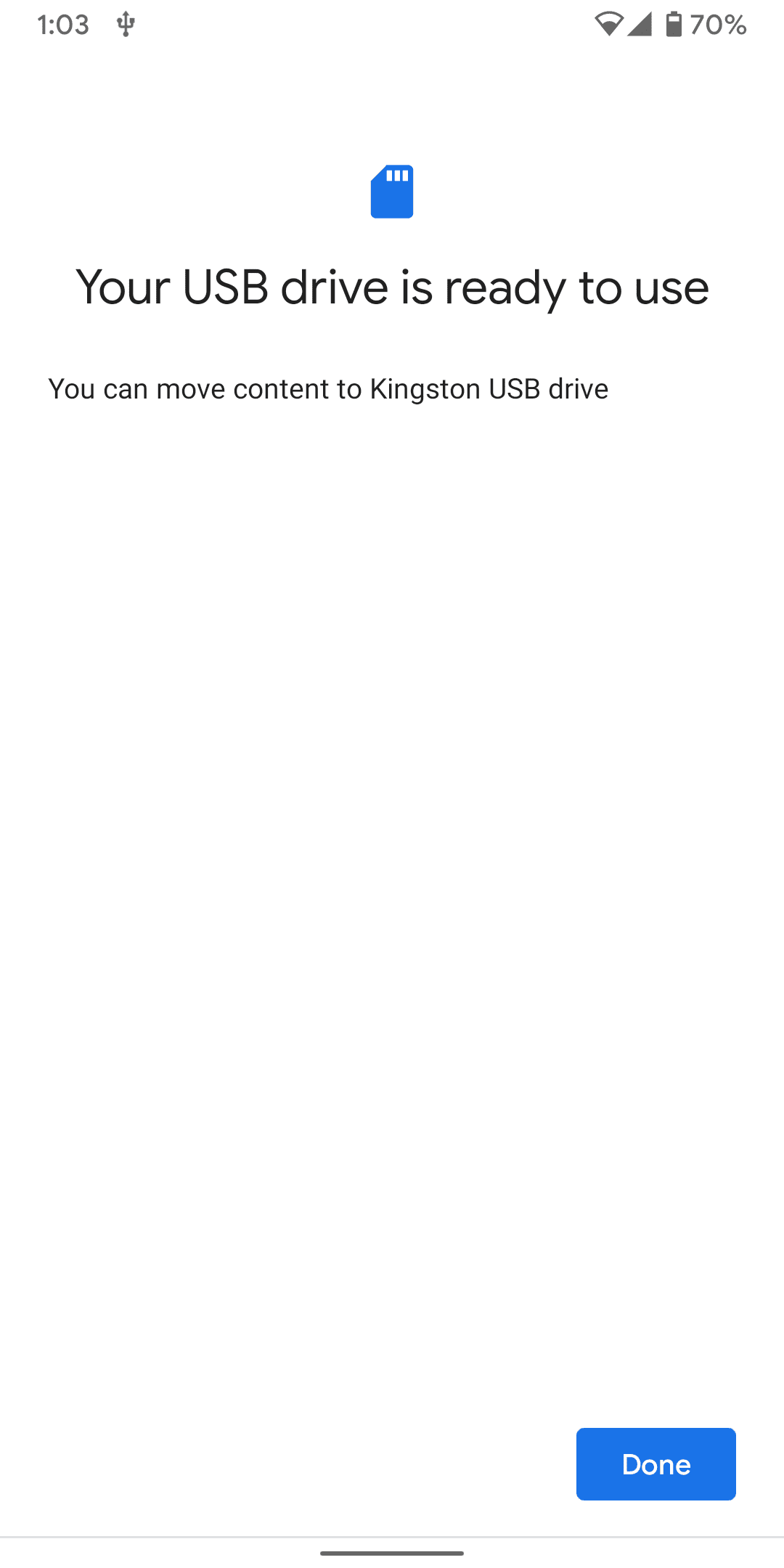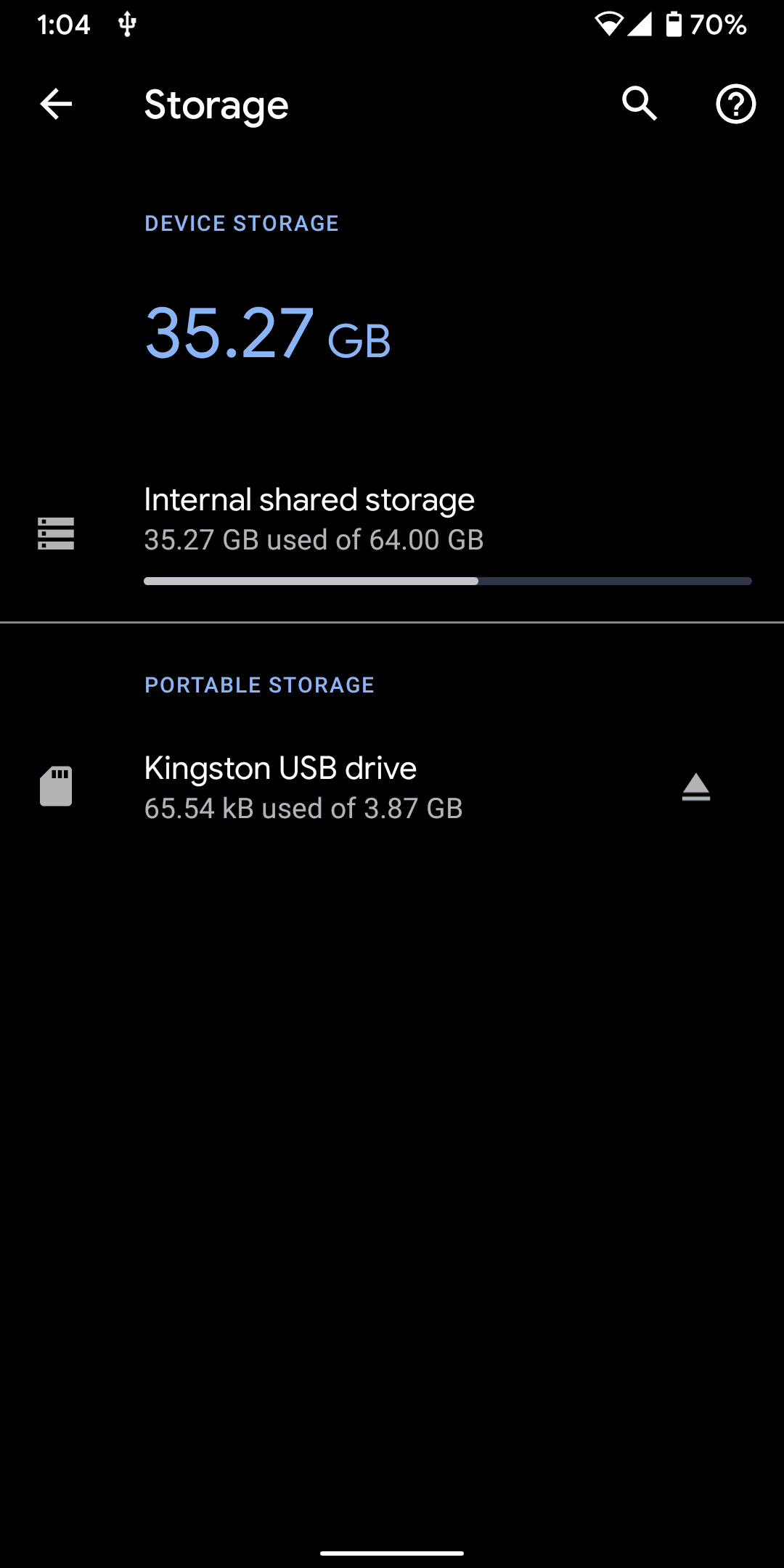How to Enable NTFS Support on Android
In this tutorial, you will learn how to enable NTFS support on your Android device and connect external storage media to it. If your Android phone is running low on storage or if you just want to transfer some data from your phone to an external source, then you will need to enable NTFS support.
Since most storage devices use the NTFS file system, your Android smartphone will only be able to read and write data to an external hard drive if it supports the NTFS format. Most flash drives come in FAT32 format, but the NTFS file system is much better if you want to transfer large files. Flash drives are easily available online and are quite cheap. Most current smartphones also support USB OTG (On the Go), which means that you can connect a flash drive to it and transfer data. However, you will first need to enable NTFS support on your Android device. Doing so is an easy process and this tutorial will teach you exactly that. Let’s get straight in to it.
For this tutorial, you’re going to need an Android smartphone, an external storage device, and USB OTG cable, and some free time. Some manufacturers include a USB OTG converter or cable with the smartphone. However, it is very likely that you may have to purchase one yourself. This cable is an essential part of this tutorial, so make sure you have one before you begin. On most new smartphones, you won’t have to do much to enable NTFS support. The feature is enabled as soon as you connect the external storage device via the OTG cable. However, for the sake of this tutorial, we are going to see how to enable it if the feature isn’t enabled automatically.
Enable NTFS support on your Android
There are a couple of ways of doing this, but we’re going to use the method that doesn’t require rooting your Android smartphone. If you’re a layman, you probably don’t know what root means and that’s okay. In this tutorial, we will show you how to enable NTFS support on your Android smartphone without using root access. As mentioned earlier, you will require the USB OTG cable or convertor to do this. With this converter, you will be able to connect external storage to your smartphone. The small end will go in to the microUSB or USB Type-C port on your device. You will need to connect the flash drive or the external hardware on the other side, which has a standard USB A female port.
Apart from the USB OTG converter, you’re going to need to download two tools. The first is the Total Commander app and second, the USB plugin for Total Commander. Both of these apps are available for download on the Google Play Store. The Total Commander is a file manager, which will allow easy access to all the files on the external storage. USB plugin tool will let you format the USB storage to NTFS format. Once both apps are downloaded, connect your external drive to the phone using the OTG converter. The USB plugin should automatically launch after detecting the connected hardware. You can now mount the drive and browse the contents via the Total Commander app. An option to Open Total Commander will be available in the USB plugin tool.
With modern Android smartphones running new software, you can just connect a flash drive via the OTG converter and the phone will do all the rest. You can choose if you want to use the external storage as extra storage for the phone or use it as a portable storage. Once you’ve chosen the right option, you can use the external storage and move files into it. There you have it. That’s how to enable NTFS support on your Android smartphone.


